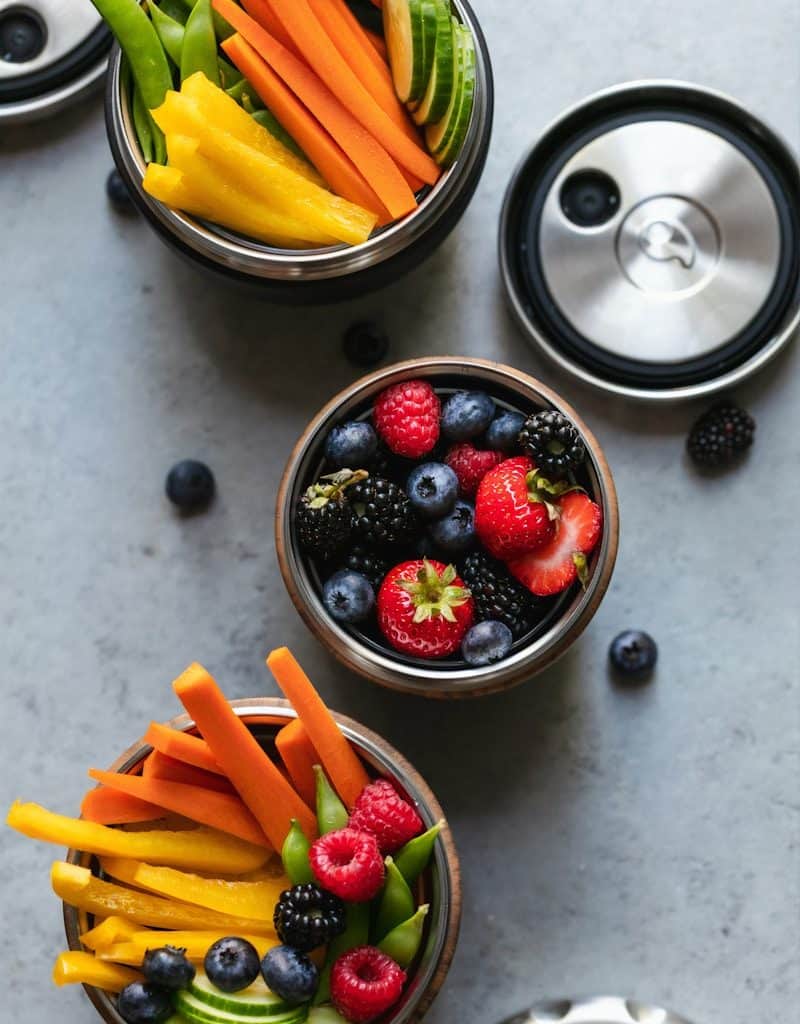Table of Contents Show
Walking down the snack aisle can feel overwhelming when you’re trying to feed your family well. Bright packages promise “natural” ingredients while cartoon characters wink from boxes claiming to contain real fruit. You want to make good choices, but deciphering marketing claims from actual nutrition feels like you need a degree in food science.

The truth is, building confidence in your family’s nutrition choices starts with understanding a few simple principles that cut through the marketing noise. Once you know what to look for, you can make decisions that support your family’s health without second-guessing every purchase or spending hours reading ingredient labels.
The Marketing Maze That Confuses Parents
Ultra-processed foods can be disguised as kids-friendly snacks with smart marketing. What might seem like nutritious food could actually be “junk”. Food companies spend billions designing packages that appeal to both parents and children, often using health claims that sound impressive but mean very little.
Terms like “made with real fruit” don’t tell you how much real fruit is actually in the product. A package of Gerber’s “Graduates Fruit Strips” is only 1% berries, even though it’s called “Wild Berry” flavor and strawberries and raspberries are prominently displayed on the front label. The main ingredients are often concentrated fruit sugars and artificial flavors designed to mimic the taste of whole fruit.
Your children learn to associate these artificially enhanced flavors with “fruit,” making it harder for them to appreciate the subtler tastes of actual dried fruit or fresh produce. This creates a cycle where processed versions become their preference, even when healthier options are available.
Teaching Kids to Recognize Real Food
The best defense against food marketing is teaching your children what real food looks like. Whole almonds, cashews, and walnuts don’t need cartoon mascots because their value is obvious. They’re recognizable as food that grows, not something manufactured in a factory.
Start with simple comparisons. Show your children the difference between a handful of actual dried mangoes and fruit snacks that claim mango flavor. Let them feel the texture differences, notice how the colors vary, and taste how concentrated natural sweetness differs from artificial enhancement.
Whole foods like an apple, broccoli or chicken are great options, while processed foods with long ingredient lists, such as puffed corn snacks, are better to include less often if possible. This principle extends to snacking choices where shorter ingredient lists usually indicate less processing and more nutritional value.
Creating Snack Confidence Through Smart Choices
Real confidence comes from understanding what your family actually needs for sustained energy and health. Nuts provide protein, healthy fats, and minerals that support brain function and stable blood sugar. Dried fruits offer natural sweetness plus fiber and antioxidants that processed snacks simply can’t match.
Even if they’re salted, the higher protein and healthy fats in nuts are an added benefit compared to typical processed snacks that rely on artificial flavors and empty calories for appeal. When you choose real food ingredients, you’re not just avoiding problems, you’re actively supporting your family’s health.
The key is making these choices accessible and convenient. Keep small portions of mixed nuts and dried fruit ready in your pantry, car, and children’s backpacks. When healthy options are as convenient as processed alternatives, the choice becomes easier for everyone.
Breaking Free from Retail Markup Limitations
One reason many families struggle with healthy snacking is cost. Premium nuts and dried fruits at retail prices can seem expensive compared to processed alternatives, but this comparison ignores the hidden costs of poor nutrition and the actual value per serving.
When you eliminate retail markups by purchasing directly from suppliers, suddenly premium almonds, cashews, and dried fruit become affordable enough to serve as regular family snacks. You’re getting better nutrition for less money per serving while teaching your children to expect quality ingredients.
This economic shift changes everything. Instead of rationing expensive healthy snacks and filling in with cheaper processed options, you can provide consistently good nutrition that becomes your family’s normal expectation.
Building Lasting Healthy Habits
“You’re making decisions now that will influence your child’s future,” when it comes to establishing food preferences and habits. Children who grow up expecting real food flavors and textures are more likely to make healthy choices independently as they get older.
Start with small changes that feel sustainable rather than dramatic overhauls that create resistance. Replace one processed snack per week with a nuts and dried fruit combination. Let your children help choose which varieties to try, giving them ownership in the transition.
The goal isn’t perfection but progress toward better choices that everyone can maintain long-term. Instead, make processed snacks “once-in-a-while” foods, so kids don’t feel deprived while establishing healthier options as the normal choice.
Practical Steps for Snack Success
Create simple systems that make healthy choices easier than processed alternatives. Pre-portion nuts and dried fruit into small containers or bags that children can grab independently. Keep these prepared portions visible and accessible while storing less healthy options out of immediate sight.
Teach your children to read ingredient lists, not just marketing claims on packages. Show them how to look for recognizable ingredients and count how many items they can’t pronounce. This skill will serve them throughout their lives as they make independent food choices.
Most importantly, model the behavior you want to see. When your children watch you choose real food over processed alternatives, they learn that these choices are normal and valuable rather than a special effort or sacrifice.
Ready to transform your family’s snacking habits with affordable, premium nuts and dried fruits? Visit wholesalenutsanddriedfruit.com to discover how cutting out retail markups makes healthy choices accessible for every family budget.





